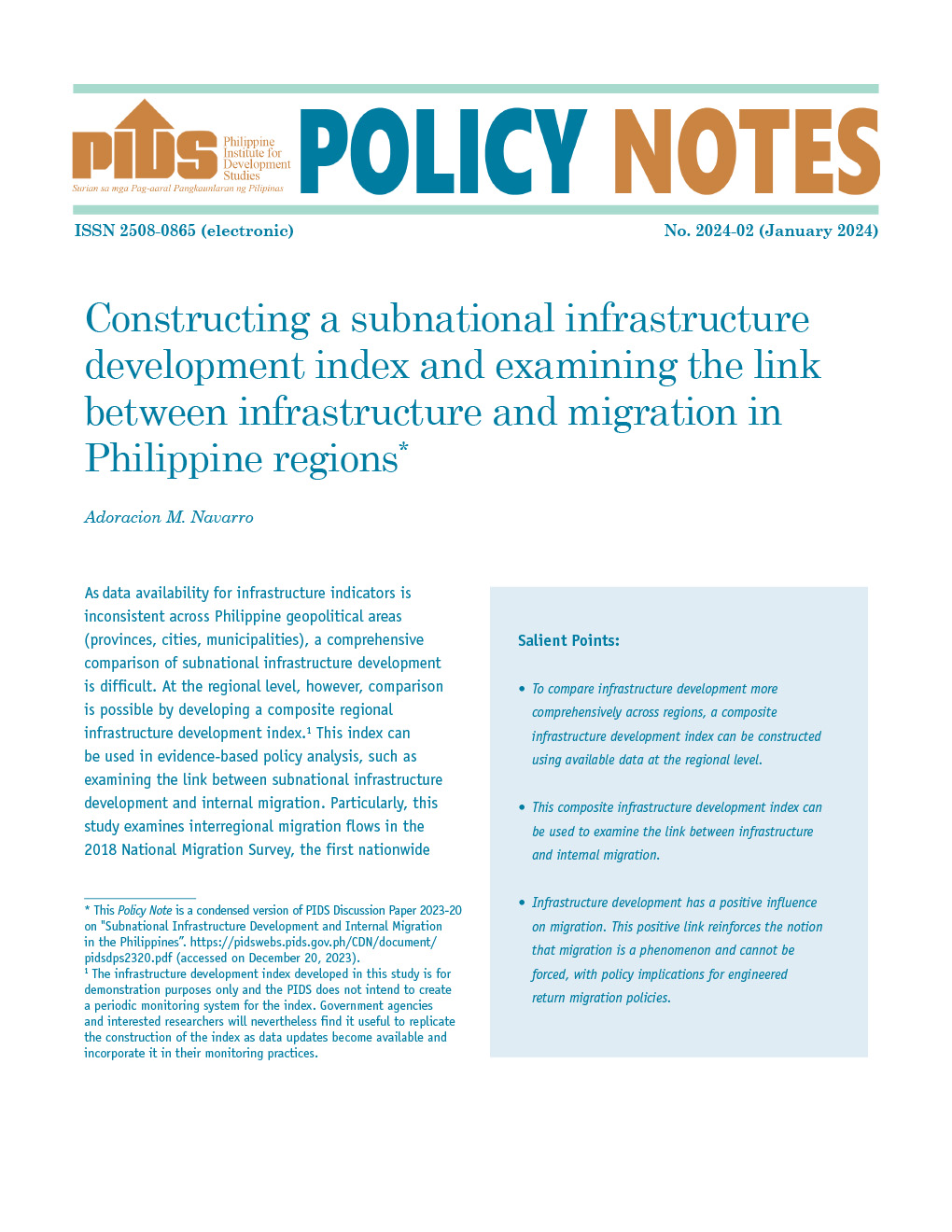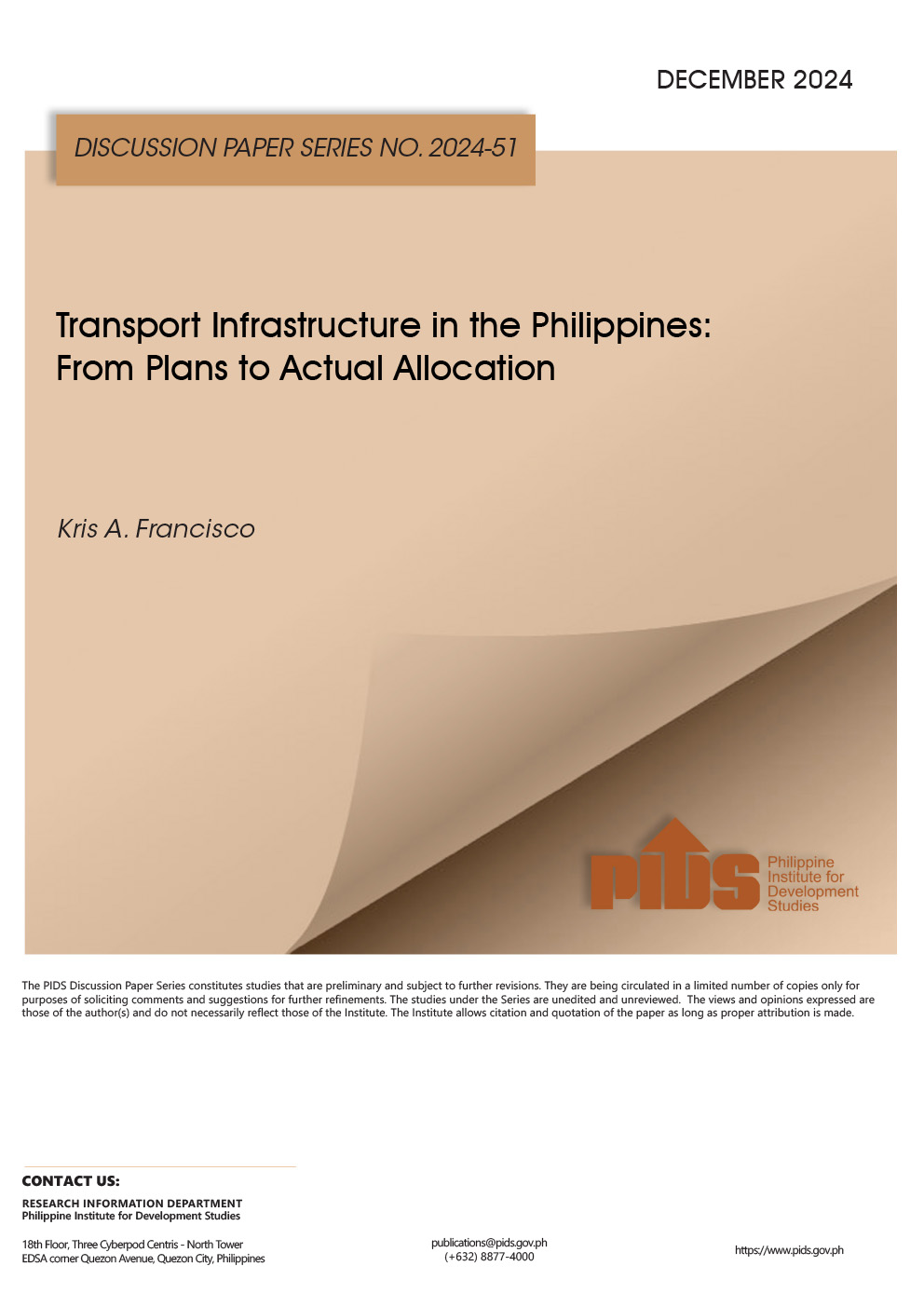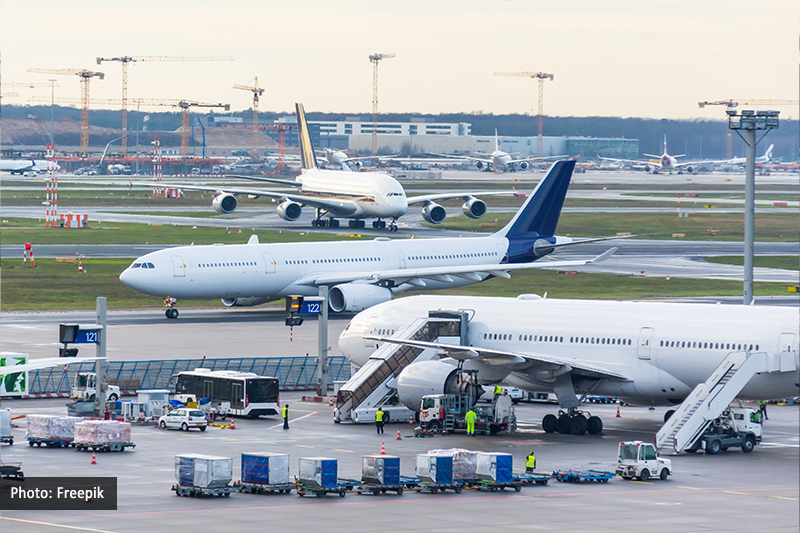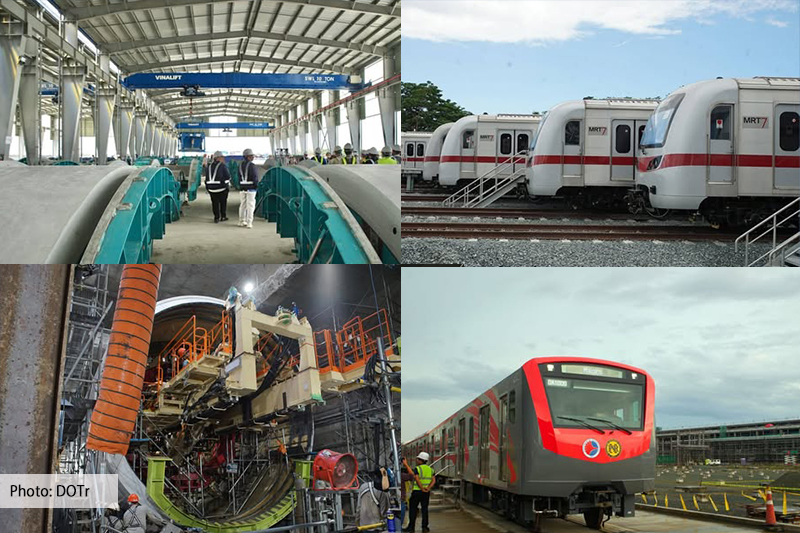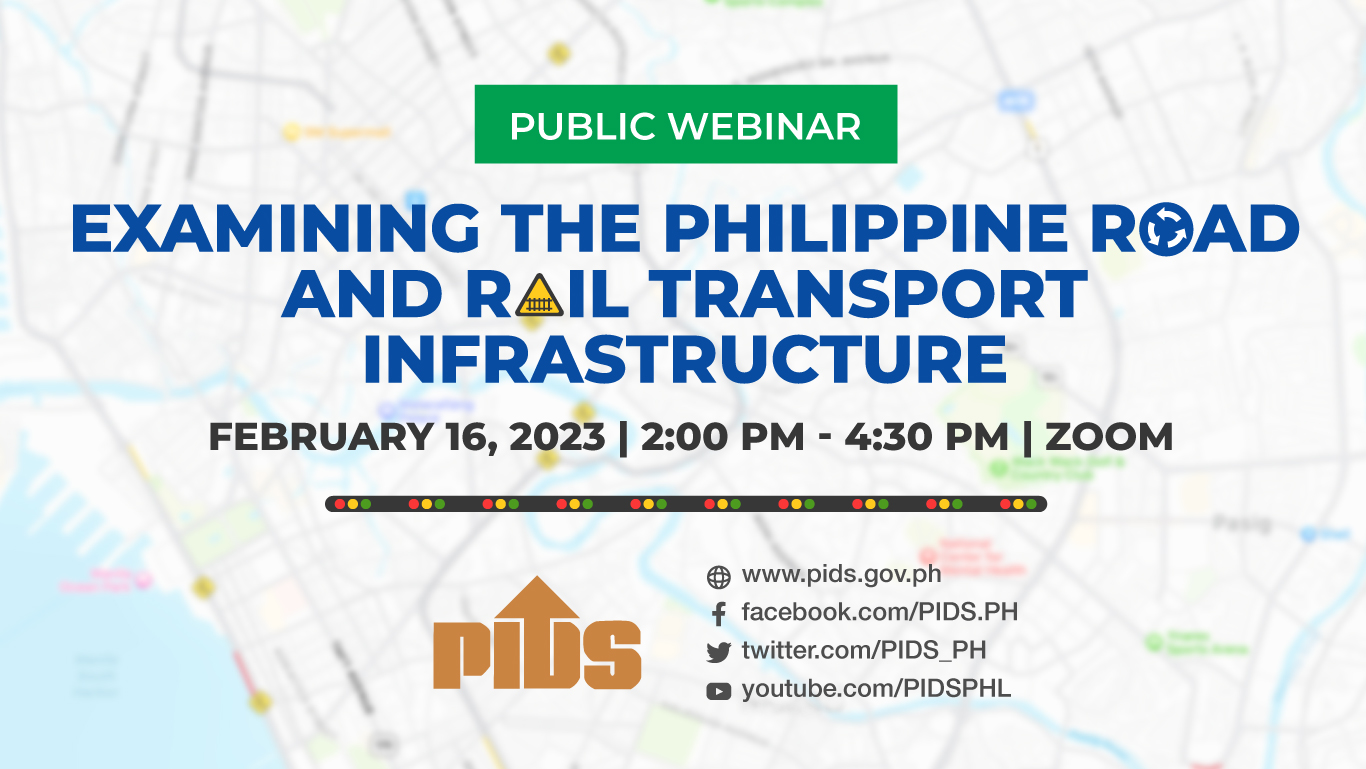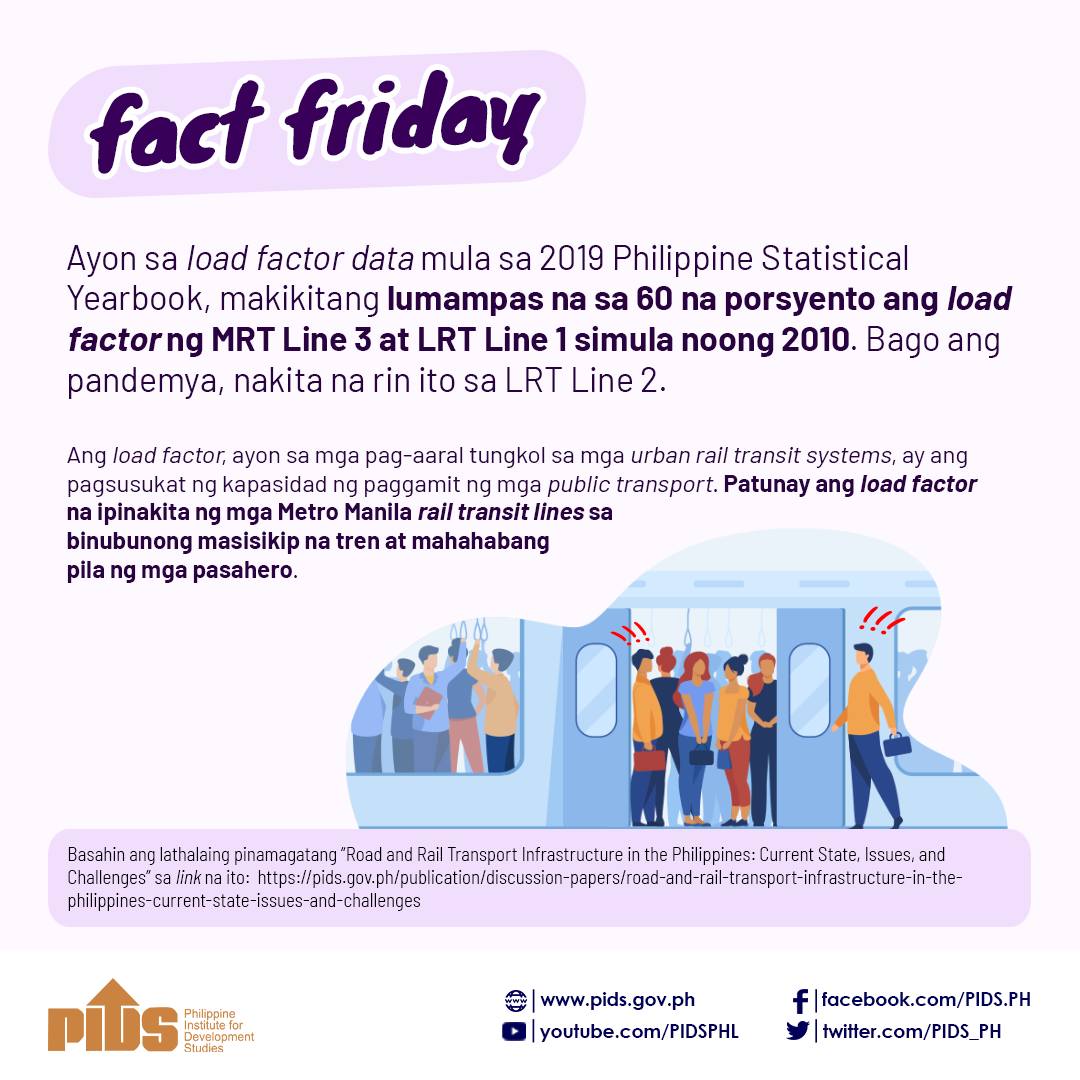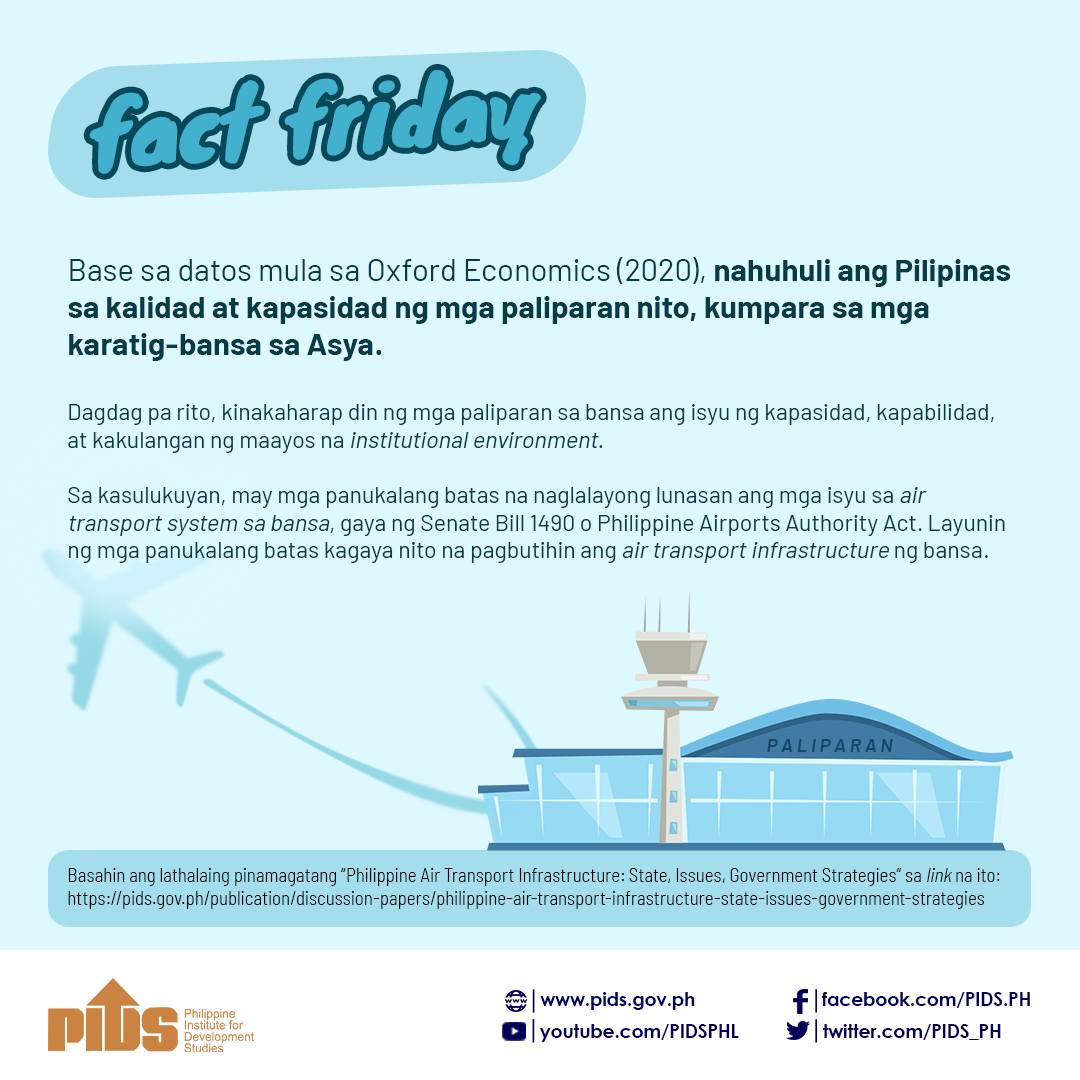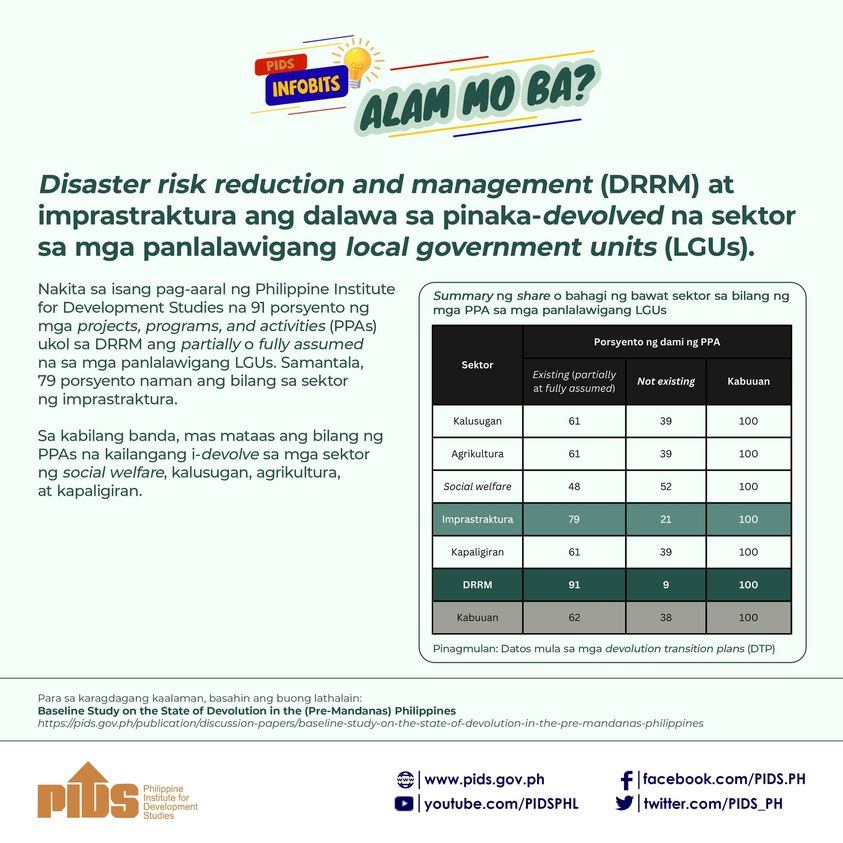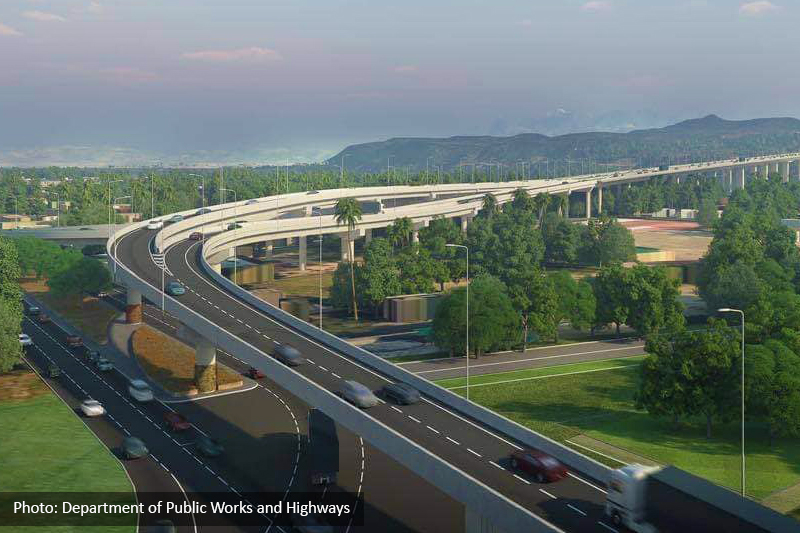
Infrastructure flagship projects under the government’s ‘Build, Build, Build’ (BBB) program are responsive to the Philippine Development Plan’s (PDP) targets for 2017-2022.
This is according to a study of state think tank Philippine Institute for Development Studies (PIDS) titled “Review of the “Build, Build, Build” Program: Implications on the Philippine Development Plan 2017-2022”.
Author Janet Cuenca, a research fellow at PIDS, said the BBB program is particularly responsive in the areas of “information and communications technology [ICT], transport and mobility, water resources, and power and energy”.
Among the ICT-related projects being implemented under the program include the Luzon Bypass Infrastructure Project and the National Broadband Program. Through the Luzon Bypass Infrastructure, an ultra-high-speed information highway was built to “improve speed, affordability, and accessibility of broadband Internet throughout the country”.
Meanwhile, the National Broadband Program aims to enhance internet speed through the fast deployment of fiber optic cables and wireless technologies. It also seeks to ensure that all Filipinos have access to broadband capability.
Based on the 2018 Socioeconomic Report of the National Economic and Development Authority (NEDA), the country’s connectivity has improved. The Speedtest Global Index also confirmed that the country’s Internet speed has increased from an average download of 5.13 megabits per second (Mbps) to 19.03 Mbps for fixed broadband and from 13.45 Mbps to 15.05 Mbps for mobile broadband. Despite these developments, the Philippine’s broadband speed is still far below global standards.
Another government priority under the BBB program is to improve the transport sector. A 2019 NEDA report noted that the improvements in the transport sector resulted in the “reduction [of] travel time and increased [of] mobility”. For instance, the opening of the Binalonan to Pozorrubio Section of Tarlac-Pangasinan-La Union Expressway or TPLEX has reduced travel time from 150 minutes to 45 minutes from Tarlac to Pozzorubio.
In terms of water resources, the government has invested in establishing and rehabilitating small-scale and community-based irrigation projects to “improve productivity and ensure [the] sustainability of the agriculture sector”.
Cuenca said that there are six ongoing major irrigation projects as of August 19, 2020. Among the biggest irrigation projects are the Jalaur River Multipurpose Project - Stage II in Iloilo (with an estimated cost of PHP 14.8 billion) and the Balog-Balog Multipurpose Project Phase II in Tarlac (with an estimated cost of PHP 13.4 billion).
According to Cuenca, the Jalaur River Multipurpose Project – Stage II is envisioned to benefit 22,000 farmers and their families by providing irrigation water to five existing irrigation systems in 23 municipalities and two cities in the province of Iloilo. While the Balog-Balog Multipurpose Project Phase II is expected to benefit 23,000 farmers in Tarlac by providing year-round irrigation services to about 34,500 hectares at full development and by improving cropping intensity from one to at least two seasons per year.
The government has also laid down strategies to provide electricity to ‘unelectrified’ areas and those classified as off-grid, remote, and last-mile communities. The goal is to provide 100-percent electrification to all households identified by the Philippines Statistics Authority as lacking electricity by 2022 and attain nationwide electrification by 2040.
Cuenca said all these efforts under the BBB program are geared toward achieving the PDP targets. She emphasized the importance of tracking and monitoring the progress of these projects through NEDA.
“A measure of how far or near the various projects under the BBB program in attaining the targets (i.e., actual accomplishment vis-à-vis targets) is a useful information that can prompt implementers to identify issues and challenges (i.e., including enabling and stumbling factors) and subsequently draw up appropriate policy measures,” she concluded. ###
This is according to a study of state think tank Philippine Institute for Development Studies (PIDS) titled “Review of the “Build, Build, Build” Program: Implications on the Philippine Development Plan 2017-2022”.
Author Janet Cuenca, a research fellow at PIDS, said the BBB program is particularly responsive in the areas of “information and communications technology [ICT], transport and mobility, water resources, and power and energy”.
Among the ICT-related projects being implemented under the program include the Luzon Bypass Infrastructure Project and the National Broadband Program. Through the Luzon Bypass Infrastructure, an ultra-high-speed information highway was built to “improve speed, affordability, and accessibility of broadband Internet throughout the country”.
Meanwhile, the National Broadband Program aims to enhance internet speed through the fast deployment of fiber optic cables and wireless technologies. It also seeks to ensure that all Filipinos have access to broadband capability.
Based on the 2018 Socioeconomic Report of the National Economic and Development Authority (NEDA), the country’s connectivity has improved. The Speedtest Global Index also confirmed that the country’s Internet speed has increased from an average download of 5.13 megabits per second (Mbps) to 19.03 Mbps for fixed broadband and from 13.45 Mbps to 15.05 Mbps for mobile broadband. Despite these developments, the Philippine’s broadband speed is still far below global standards.
Another government priority under the BBB program is to improve the transport sector. A 2019 NEDA report noted that the improvements in the transport sector resulted in the “reduction [of] travel time and increased [of] mobility”. For instance, the opening of the Binalonan to Pozorrubio Section of Tarlac-Pangasinan-La Union Expressway or TPLEX has reduced travel time from 150 minutes to 45 minutes from Tarlac to Pozzorubio.
In terms of water resources, the government has invested in establishing and rehabilitating small-scale and community-based irrigation projects to “improve productivity and ensure [the] sustainability of the agriculture sector”.
Cuenca said that there are six ongoing major irrigation projects as of August 19, 2020. Among the biggest irrigation projects are the Jalaur River Multipurpose Project - Stage II in Iloilo (with an estimated cost of PHP 14.8 billion) and the Balog-Balog Multipurpose Project Phase II in Tarlac (with an estimated cost of PHP 13.4 billion).
According to Cuenca, the Jalaur River Multipurpose Project – Stage II is envisioned to benefit 22,000 farmers and their families by providing irrigation water to five existing irrigation systems in 23 municipalities and two cities in the province of Iloilo. While the Balog-Balog Multipurpose Project Phase II is expected to benefit 23,000 farmers in Tarlac by providing year-round irrigation services to about 34,500 hectares at full development and by improving cropping intensity from one to at least two seasons per year.
The government has also laid down strategies to provide electricity to ‘unelectrified’ areas and those classified as off-grid, remote, and last-mile communities. The goal is to provide 100-percent electrification to all households identified by the Philippines Statistics Authority as lacking electricity by 2022 and attain nationwide electrification by 2040.
Cuenca said all these efforts under the BBB program are geared toward achieving the PDP targets. She emphasized the importance of tracking and monitoring the progress of these projects through NEDA.
“A measure of how far or near the various projects under the BBB program in attaining the targets (i.e., actual accomplishment vis-à-vis targets) is a useful information that can prompt implementers to identify issues and challenges (i.e., including enabling and stumbling factors) and subsequently draw up appropriate policy measures,” she concluded. ###

